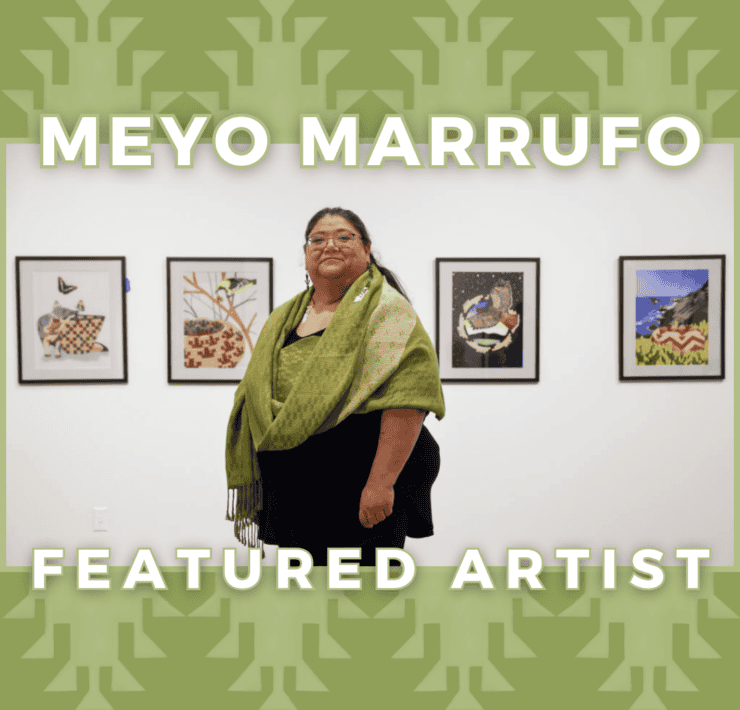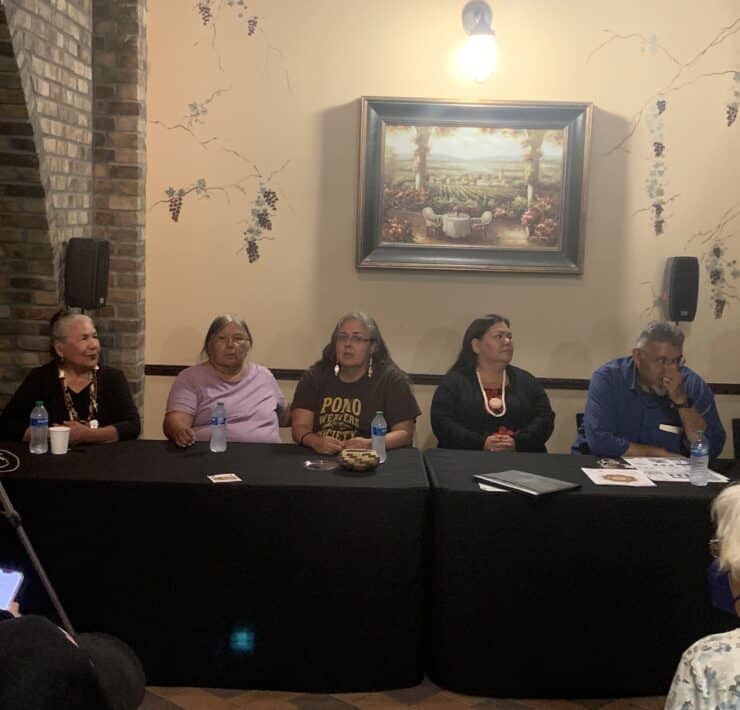
by Tavi Lorelle Carpenter
During the last week of April on a beautiful spring day, the Association of Ramaytush Ohlone and American Indian Cultural District in partnership with the Exploratorium hosted a California Native Homeland Festival. The festival would include a morning of market and cultural demonstrations with an afternoon of education through panel discussions with cultural bearers. Gregg Castro (Ramaytush Ohlone, T’rowt’raahl Salinan, Rumsen) Cultural Director for the Association of the Ramaytush Ohlone, and Jennifer Bates (Northern Sierra Mewuk) Cultural Festival Curator and Basketweaver, were curator leads for the festival. As stated on their website, this was to be a celebration of “art, cultural, and connection” that looked to explore the relationship and dynamics between “science, culture, and art”.
I decided to attend with my oldest friend and see how she felt about a city day. Together, we made our way from the East Bay into San Francisco.
The city was filled with life in the way only a city can be. Families and tourists exploring the infamous Ferry Building and Farmer’s market. Protestors advocating to end the genocide in Palestine. And my friend and I wandered towards Pier 15.
The first thing we saw were the boats. Three traditional style boats, including a plank-built boat, a tule reed boat and a dugout boat, three styles indicative to Southern, Central and Northern California Coastal people. L. Frank Manirquez (Tongva, Ajachmen), Redbird Willie (Pomo, Wailaki, Wintu), and George Blake (Hupa, Yurok) , the respective canoe makers, would later share their processes during the panel discussions.
The booths we visited were really informative and one could witness the engagement of visitors and possibly some tourists with the cultural bearers. The Cultural Conservancy booth was even giving away free plants, including little strawberry bushes! Jessie Rouse-Whipple (Illmawi Pit River, Hupa, Wintu) demonstrated how to braid Bear Grass. Meyo Marrufo (Eastern Pomo) had a booth featuring her art work. Dixie Rogers (Karuk, Madoc) had a booth sharing her basketry. Dyann Eckstein (Chukchansi) shared her Soaproot brushes and as we stopped by her booth, she was showing how how to process acorns. Lois Conner-Bohna (Mono, Chuckchansi) shared in beautiful basketry, including pictures of a giant basket she had made, she shared with my friend and I a little about how long it takes her to make a basket and the materials she uses. Amora Stevenot (Northern Sierra Mewuk) shared Acorn processing. Julia Parker (Miwok, Paiute, Pomo, Coast Miwok) and family had a booth sharing her beautiful baskets.
Having left a little late, we didn’t arrive until around lunch time, which I think unfortunately led us to miss a couple of demonstrations, but according to the program, Anthony Steele (Pomo) had a booth featuring Clam Shell Beads and Rico Miranda (Rumsen Ohlone) shared Ohlone Games.
The lectures were free for attendees, in a modern auditorium with high top chairs around the edges and folding chairs in the center. The room was filled, just about every seat taken, it was exciting to see how interested people seemed to be.
The first panel that was titled: Water Is Homeland: Traditional Boat Making, featured George Blake, L. Frank Manriquez, and Redbird Willie. It was an opportunity for the audience to learn from the traditional canoe makers about their work, the tools and techniques they utilize and what the impact boatmaking has for culture as place-based people. As we saw with the level of excitement the Spring Issue of News From Native California generated, we are inherently water people. Even those of us from the utmost desert have a relationship with water. We may not all be boatmakers but there is much we can learn from those who are, as we all have a connection to our own waterways. The biggest takeaway I had from this beautiful discussion was the importance of community, of continuing going forward, working together and, as would come up in the following discussion, the importance of creating opportunities for youth and young people and for young people to take up the mantle.
The second panel titled: Gathering in the Changing Climate, Revisited, featured Jennifer Bates, Lois Conner-Bohna, Dyann Eckstein, Dixie Rogers and Meyo Marrufo. As the title suggests, the focus of this panel was looking at the impact climate change is having on plants and animals from the perspective of gatherers. This panel, as explained by Gregg Castro, was a follow-up to a conversation that had started the previous year. The day before, this same panel, as shared with the audience, had actually had a discussion wherein scientists just listened to the observations of these women with the hope that, as Gregg stated, “for once” scientists can be useful to Indigenous people by helping us understand the technical science behind the changes that the gatherers and other cultural bearers are witnessing.
This panel had several important takeaways but one of the most interesting points of discussion was listening to changes that were being observed and the reflection of why this was occurring. One example Ms. Lois shared how the lack of good fire has led to a myriad of issues. Including trees encroaching into meadows. According to Ms. Lois, we’ve lost around 80% of our meadows from the last 100 years! She went on to explain the important role meadows play in holding water, like a sponge. She shared that creatures like flying squirrels and Roadrunners are not nearly as plentiful as they should be. When gathering gooseberries, they are harder and harder to find because they are not getting enough sunlight in the forest.
Ms. Dixie echoed the sentiment of fire tending from her own experiences of finding the soil being more dry than it had been. Fire is important part of her culture and keeping the lands clean. She also expressed how special it is to keep traditional knowledge alive as it is a way of honoring one’s family, their elders and their ancestors.
Ms. Dyann shared that she would like to see the younger generation being more engaged in learning. Highlighting her own experience of seeking out Ms. Lois, to learn from her. But remembering it’s an exchange of love, respect and kindness. In many ways, the passage of knowledge is more about the relationships that you build through the process of learning.
Ms. Meyo, who also works as an environmental director, shared a little on what is involved on a policy end in order to protect the lands, to bring good fire and how we meet the different needs the land is asking for. She highlighted the importance in working with and listening to Gathers and Cultural Bearers to see what we need to be paying attention to. Something she stated that really stood out to me was that, “Our cultural bearers are starting to notice things wrong, and this is going to spark how we survive.” That is how we will heal the land. She also spoke to the collective responsibility we all have to be stewards of the lands. She reminded the audience, which was a mixture of Native and non-Native people that it was noted by experts that 5% of the indigenous population is caring for 80% of the lands. This matches what was shared at the Co-Stewardship conference I attended in February that stated this fact too, particularly as it related to biodiversity which is necessary for ALL of our wellness. Thus, it is everyone’s responsibility that we care for the land and that we follow those who’ve steward the land not just for a couple generations but since time immemorial.
Ms. Jennifer shared how the reliability of the natural world is changing. She shared that she used to be able to know exactly when she could Gather depending on the season. But in recent times, this knowledge which has been passed down generationally, is not always true. Plants are changing at different rates, in patterns that are not yet recognizable. Rather, it requires that greater attention is needed to know when one will be able to gather. She echoed Ms. Dyann’s call to the young people to be more involved. As she expressed, “We just have to see what Earth Mother has in store for us and as scary as it is, I trust her. She’s going to get us through”.
Resting in that truth, my friend and I made our way back to the East Bay, inspired by wisdom, knowledge and stories shared with us. All in all, a wonderful adventure and experience, one I hope to attend again!
—


For lunch we journeyed from the water’s edge to the North Beach Area, cutting through Telegraph Hill Stairway Hike. Here are two pictures from the walk I thought were pretty and truly show what a beautiful day it was!









